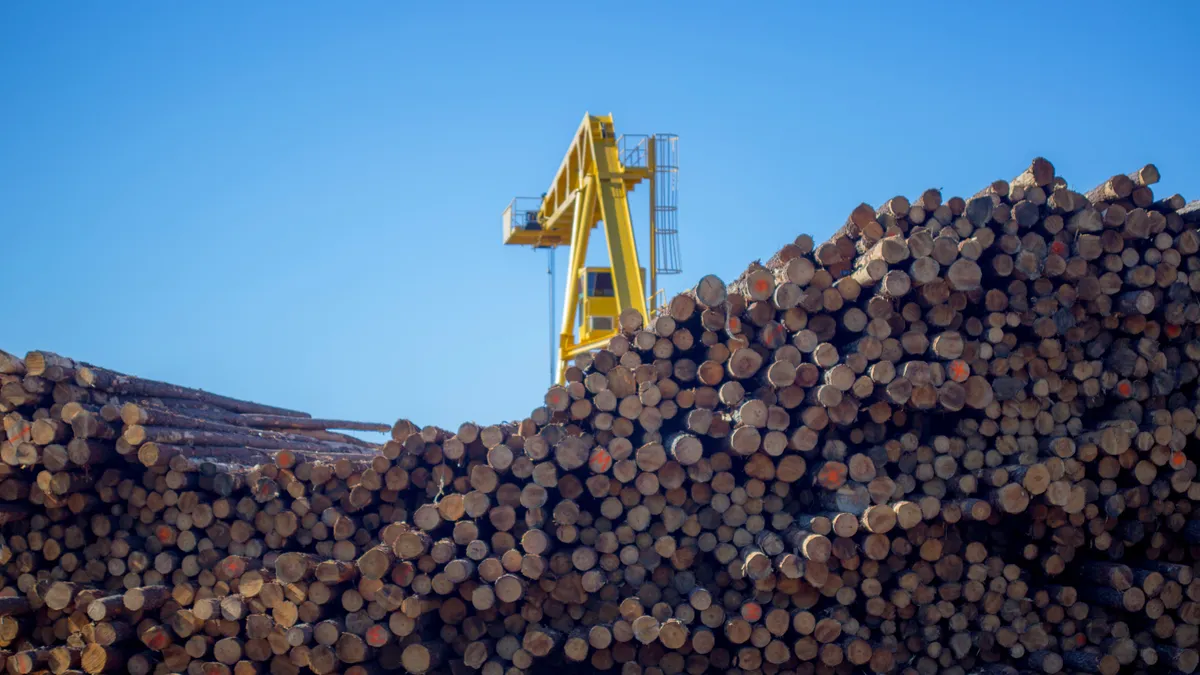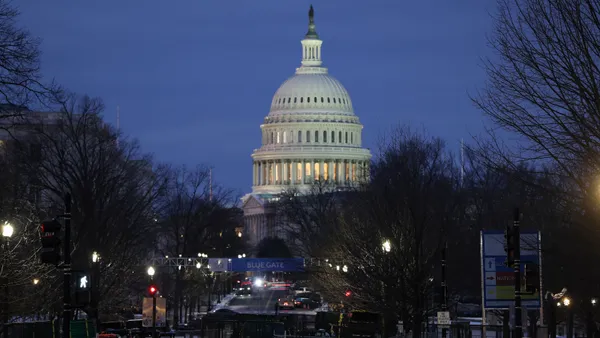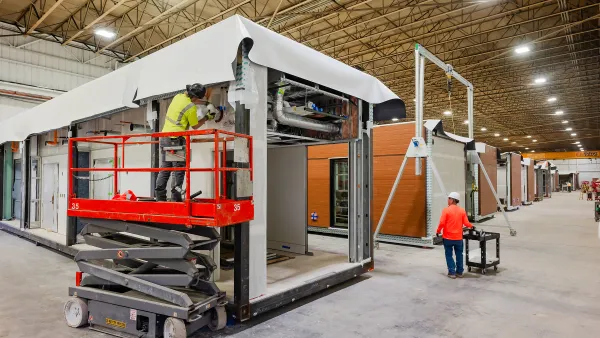Dive Brief:
- Construction material prices rose 0.6% from July to August and are 3.7% ahead year-over-year, according to an Associated Builders and Contractors' analysis of Bureau of Labor Statistics data.
- Steel (-1.5%), natural gas (-1.8%) and the category of prepared asphalt, tar roofing and siding products (-0.3%) saw prices decline during the month, while softwood lumber prices were up 2.5% for the month and 11.3% for the year.
- Strong demand in the U.S. and a stabilizing global commodities market has input prices on the rebound after experiencing steep declines in 2014 and 2015.
Dive Insight:
It is still unclear how demand from repairs needed following Hurricanes Harvey and Irma will impact material prices in the long term. But the effects are expected to reverberate far beyond the storm-ravaged Gulf Coast and Southeast.
In the short term, material categories including roofing, drywall, PVC and plywood are likely to be affected, according to National Association of Home Builders Chief Economist Rob Dietz.
Moody's estimates the damage from Harvey and Irma combined could reach $200 billion, although they acknowledge the figure is likely to change as damage in both regions continues to be assessed. How that translates into demand for materials over the long term depends on how quickly rebuilding efforts get underway.
Processing insurance claims after Superstorm Sandy hit the East Coast in 2012 became a multi-year endeavor. Thousands of homeowners whose properties were damaged or destroyed by the storm said their insurance payouts through the National Flood Insurance Program didn't reflect the value of their home, making it difficult or outright impossible to afford to rebuild on their lot.
NPR reports that the underpayments were largely a consequence of private insurers being more stringent after the high payouts, and in some cases overypayments, that followed Hurricane Katrina. Some suggest the latest scaling back is an effort by insurers to maintain high margins while executing a program based on disasters whose destruction can be hard to forecast.
In Houston, more than half of residential and commercial properties at high or moderate risk of flooding weren't in federally designated flood zones, according to CoreLogic. Because of that, the owners were not required to have flood insurance, leaving many without insurance responsible for funding their repairs in full.














